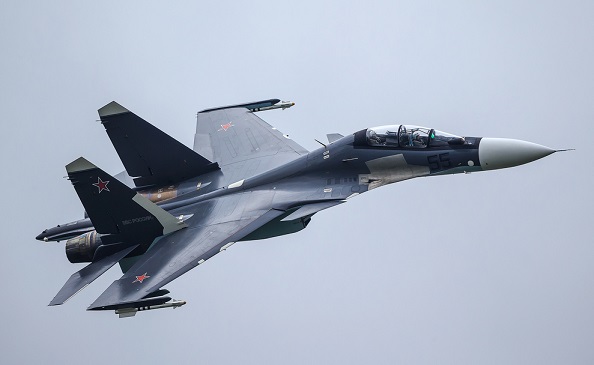
Four images from New Horizons' Long Range Reconnaissance Imager (LORRI) were combined with color data from the Ralph instrument to create this global view of Pluto. The images, taken when the spacecraft was 450,000 kilometers away from Pluto, show features as small as 2.2 kilometers. Credits: NASA/JHUAPL/SwRI
WASHINGTON (BNS): Pluto, originally considered a planet but later characterized more like a comet, continues to puzzle scientists.
The farthest and tiniest planet in the Solar System behaves less like a comet than expected and somewhat more like a planet like Mars or Venus in the way it interacts with the solar wind, scientists have found out in a new research.
Using data from the Solar Wind Around Pluto (SWAP) instrument from the NASA-funded New Horizons mission's July 2015 flyby, scientists have for the first time observed the material coming off of Pluto's atmosphere and studied how it interacts with the solar wind, leading to yet another "Pluto surprise."
"This is a type of interaction we've never seen before anywhere in our solar system," said David J. McComas, lead author of the study and professor of astrophysical sciences at Princeton University.
"The results are astonishing," said McComas who leads the SWAP instrument aboard New Horizons.
The solar wind is a continuous stream of charged particles from the Sun. It is the plasma that spews from the Sun into the Solar System at a supersonic 160 million kilometres per hour, bathing planets, asteroids, comets and interplanetary space in a soup of mostly protons and electrons.
Previously, most researchers thought that Pluto was characterized more like a comet, which has a large region of gentle slowing of the solar wind, as opposed to the abrupt diversion solar wind encounters at a planet like Mars or Venus.
Instead, like a car that's part gas- and part battery-powered, Pluto is a "hybrid", the researchers say.
So Pluto continues to confound.
"These results speak to the power of exploration. Once again we've gone to a new kind of place and found ourselves discovering entirely new kinds of expressions in nature," said SwRI's Alan Stern, New Horizons principal investigator.
Since it's so far from the Sun -- an average of about 3.7 billion miles, the farthest planet in the Solar System -- and because it's the smallest, scientists thought Pluto's gravity would not be strong enough to hold heavy ions in its extended atmosphere.
But, "Pluto's gravity clearly is enough to keep material relatively confined," McComas said.
The researchers also found out that like our Earth, Pluto has a long ion tail that extends downwind at least a distance of about 118,700 km, almost three times the circumference of the Earth, loaded with heavy ions from the atmosphere and with "considerable structure".
Pluto's obstruction of the solar wind upwind of the planet is smaller than had been thought.
The findings have been published in Journal of Geophysical Research -- Space Physics by the American Geophysical Union (AGU).
These findings offer clues to the magnetized plasmas that one might find around other stars, said McComas.
 Previous Article
Previous Article













The Indian Air Force, in its flight trials evaluation report submitted before the Defence Ministry l..
view articleAn insight into the Medium Multi-Role Combat Aircraft competition...
view articleSky enthusiasts can now spot the International Space Station (ISS) commanded by Indian-American astr..
view article